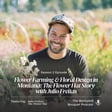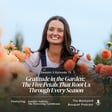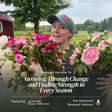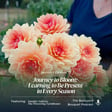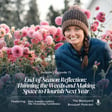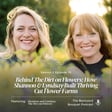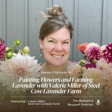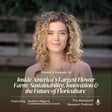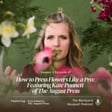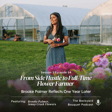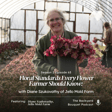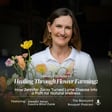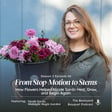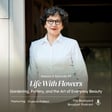
Ep. 62: Inside a Family-Run Wedding Flower Farm: How Jennifer Joray Grows Cut Flowers for 40+ Weddings a Season
What does it take to grow cut flowers for over 40 weddings a season—while running a farm as a family of four?
In Part 2 of our conversation, Jennifer Joray of Eastern River Farm returns to share the details of how her family built a thriving, regenerative flower business in Maine. From crop planning to bouquet-making, and from packing systems to building in family rest, Jennifer walks us through what it really takes to succeed in growing cut flowers for weddings.
You’ll hear:
🌸 How they scaled from 8 to 65 weddings—and why they chose to scale back
💐 The top crops they rely on to meet wedding demand (think delphinium, mountain mint, lisianthus & more)
🪴 How they grow nearly everything from seed—including delphinium!
🧑🤝🧑 Their entire family’s role in floral design, prep, and packing
🌱 What regenerative flower farming means to them—and why protecting family rhythms is part of it
Whether you’re dreaming of your own flower farm or looking to refine your wedding offerings, this episode is packed with inspiration, practical systems, and heartfelt wisdom.
🎧 Missed Part 1? Listen to Ep. 61: Jennifer Joray of Eastern River Farm on Flower Farming, Lyme Disease, & Finding Healing Through Nature
Connect with Jennifer Joray:
- Instagram: https://www.instagram.com/easternriverfarm/
- Website: https://easternriverfarm.com
Sign up for our newsletter: https://bit.ly/thefloweringfarmhousenewsletter
***Rate, Review, & Follow The Backyard Bouquet***
If you enjoyed this episode, will you please consider leaving the podcast a review? Your review helps make the podcast more discoverable to others and allows me to continue creating more episodes. I'd love to know what you enjoyed most about the episode.
New episodes every week to help keep your garden blooming!
